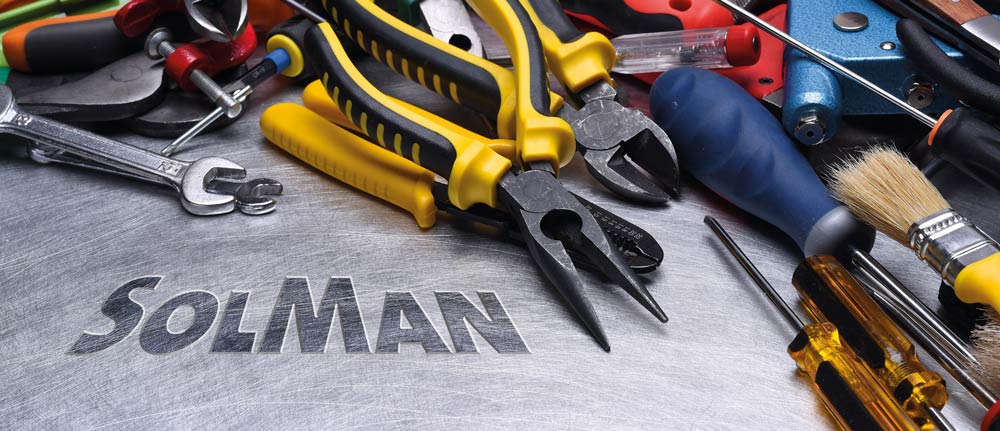The right switch to SolMan 7.2


For many IT managers, the Changeover to Solution Manager 7.2 is still a book with seven seals.
In addition, not all customers have yet realized that the end of maintenance on 31.12.2017 is really final. It is better not to assume that SAP will extend maintenance due to technical restrictions.
Planning begins by asking yourself specifically on which Platform the SolMan operated in the future.
The Hana license for the operation of SolMan is provided by SAP to the customer at no license cost.This applies in particular even if the SAP user has not yet licensed Hana at all.
The new S/4 Hana Business Suite will be launched in 2020. By 2025 at the latest, customers will be forced to switch to Hana.
With the introduction and the Quantum Leap at S/4 Hana are enough issues for an IT to deal with anyway, so a new technology would then be one more issue.
It therefore makes sense to already start working with the Changeover and convert the Solution Manager to Hana. In addition to the purely technical requirements, it is important to consider that SAP has put up a feature list.
Technically, I would recommend every customer to make a copy of the existing productive Solution Manager. The upgrade can then be tested on this copy "at your leisure".
Although the system copy of the SolMan in particular involves a lot of rework, this definitely makes sense in the present context.
The largest area of change concerns the solution documentation. However, this is also clearly communicated by SAP. What is certainly not known to some users is the form of the Changeover and conversion.
In principle, artifacts and documents can be transferred during the upgrade.
Everything that is not transferred can only be accessed in read-only mode after the upgrade. The process of determining what content will be included is called scoping.
The tricky thing is that the conversion report can only be run once, during the upgrade. So if the scoping was not correct, all documents have to be recreated and linked manually.
Especially in this context, it is definitely worthwhile for customers to practice upgrading on a sandbox, so that you can revert back to an old snapshot in case of an incorrect scoping.
Test Management
The second major area undergoing changes is the topic of test management.
Test documents and plans are closely linked to the solution documentation. As the structure and definition of the solution documentation changes, this must also be conceptually agreed in connection with test plans and procedures during testing.
Any Interfaces to external tools must be clarified with third-party manufacturers with regard to availability and use. At Change Request Management, there are changes, but fortunately they do not affect the interface.
With regard to the new structure, the elimination of the Transactions SOLAR01 and SOLAR02 as well as the SolMan projects also change the Release Management.
As part of the upgrade, it should also be checked whether the defined and established ChaRM processes not also have to be adapted to the new version 7.2, if necessary.
In addition to this adaptation, authorization objects and the interfaces of the Administration. This will certainly require new operating manuals to be written and change managers to become familiar with the new interfaces.
With regard to open changes, the timing of the upgrade should also be planned in such a way that there are as few open changes as possible. In the areas of application operations and monitoring, the changes are not quite as serious.
In this case, the adjustments also do not affect a specialist department, but can be clarified within the circle of an SAP basis.
In summary, the upgrade is certainly more challenging, but with a sandbox and good preparation and Inventory of all processes is feasible.
However, IT managers should not wait too long with their planning. The end of maintenance is approaching and the upgrade must be carried out.






